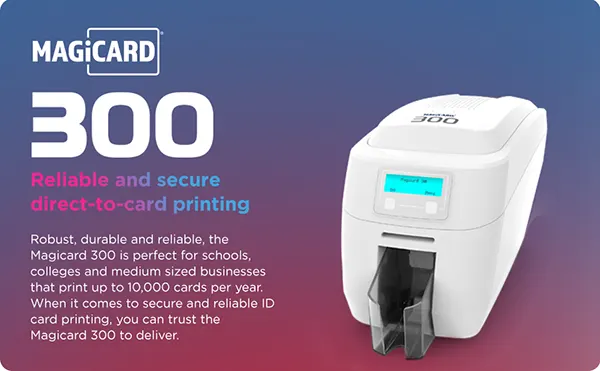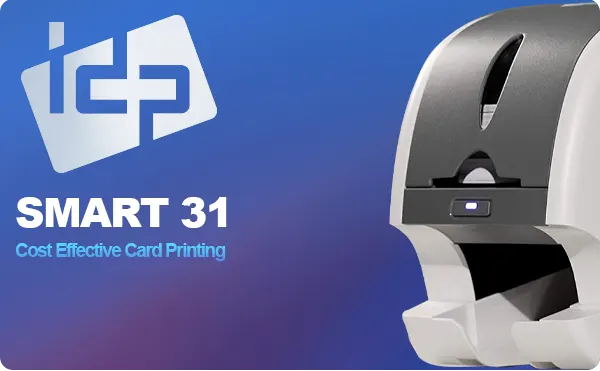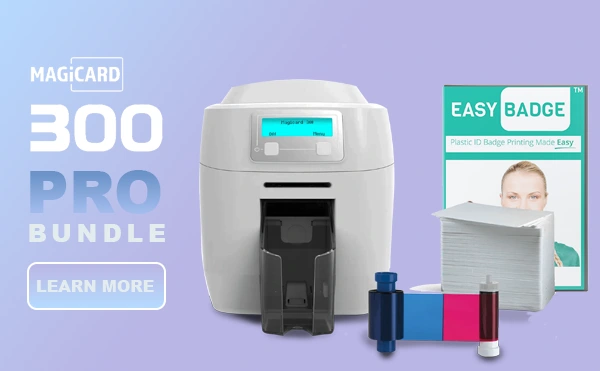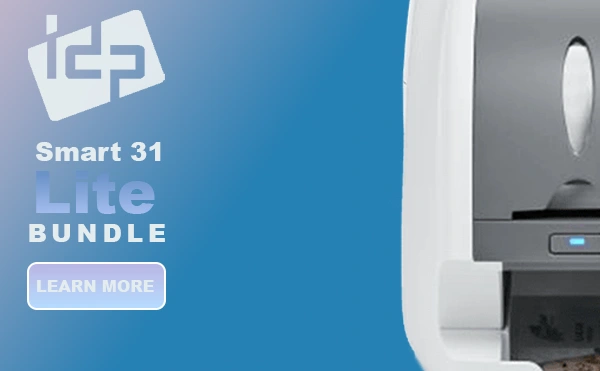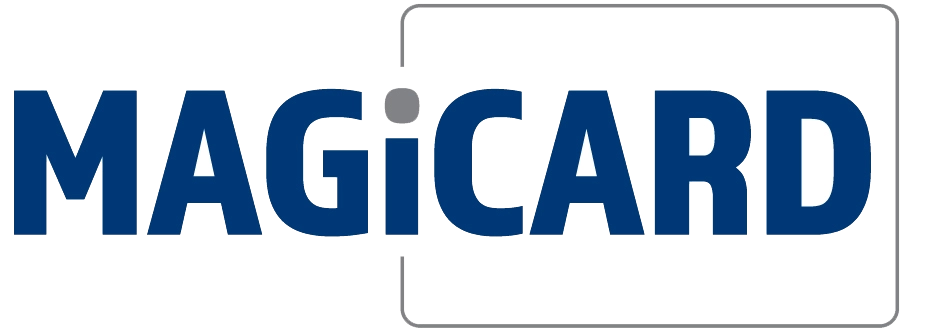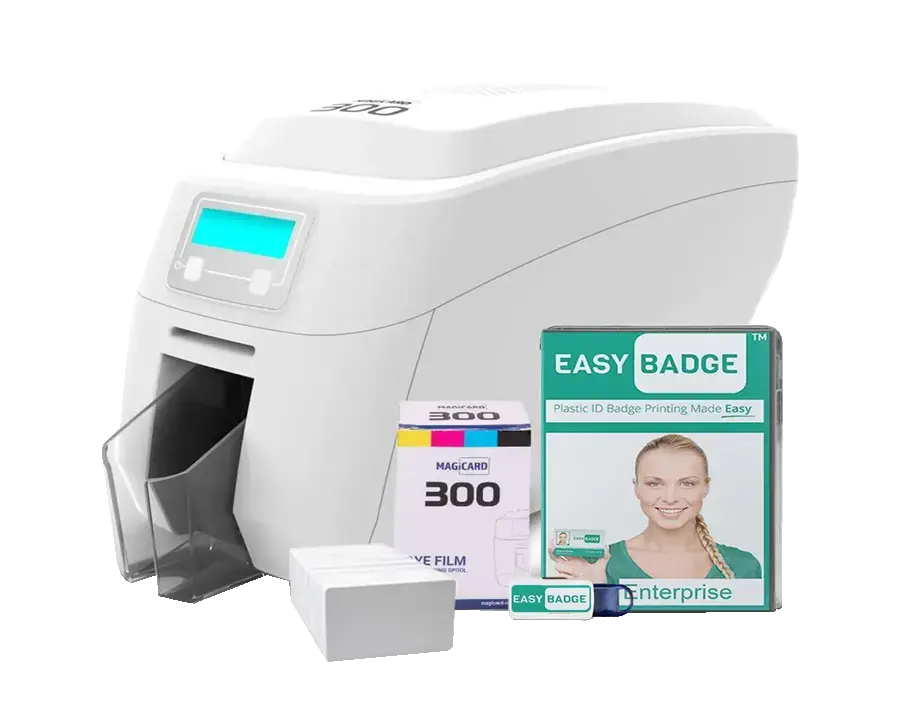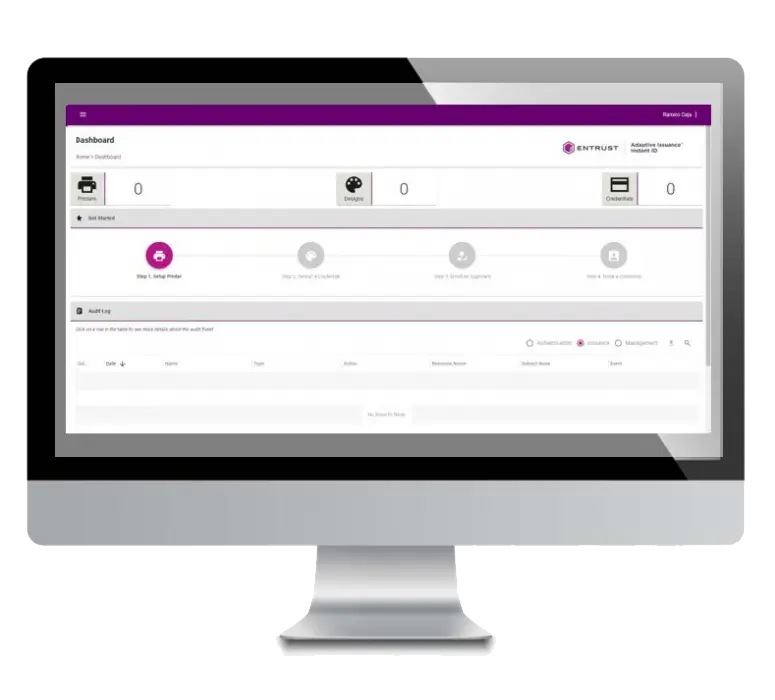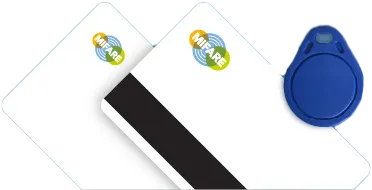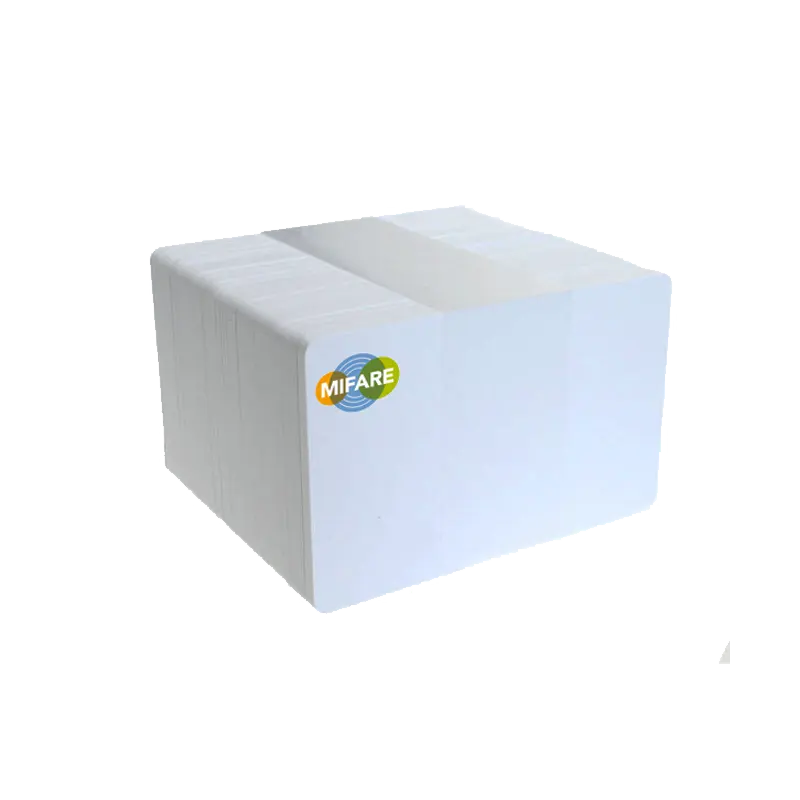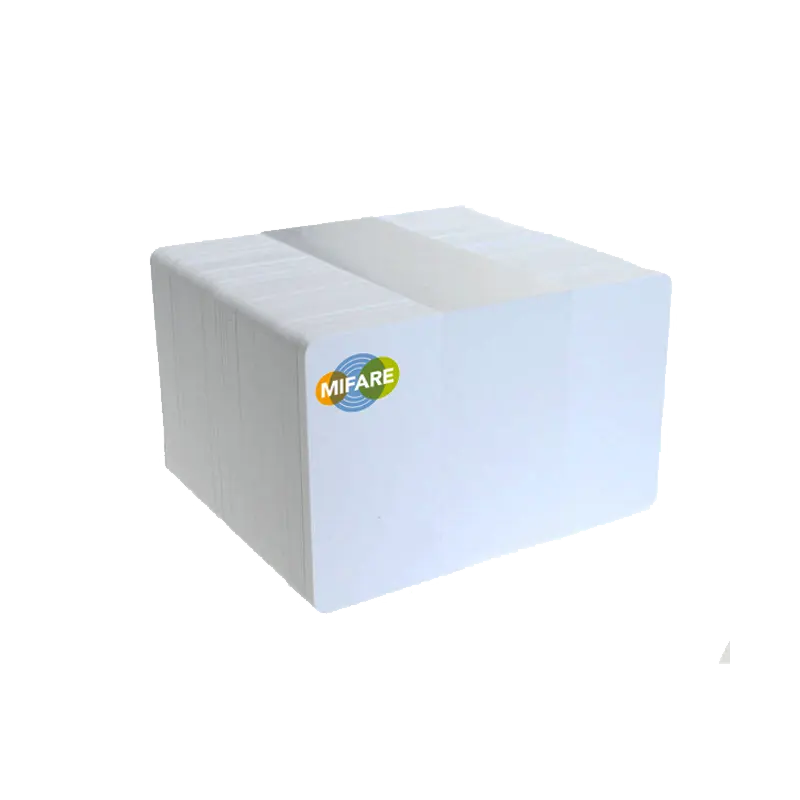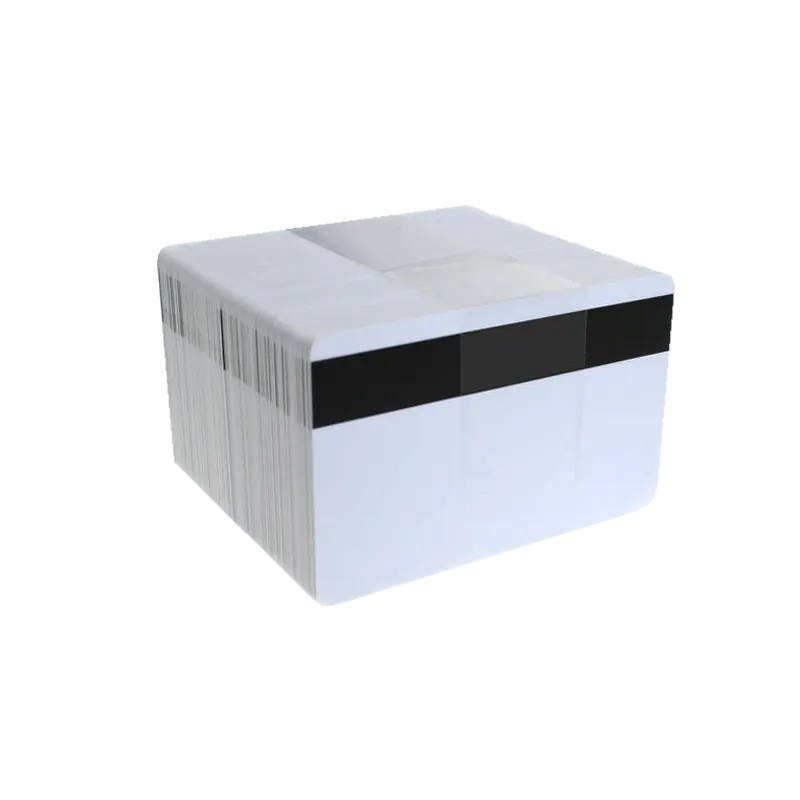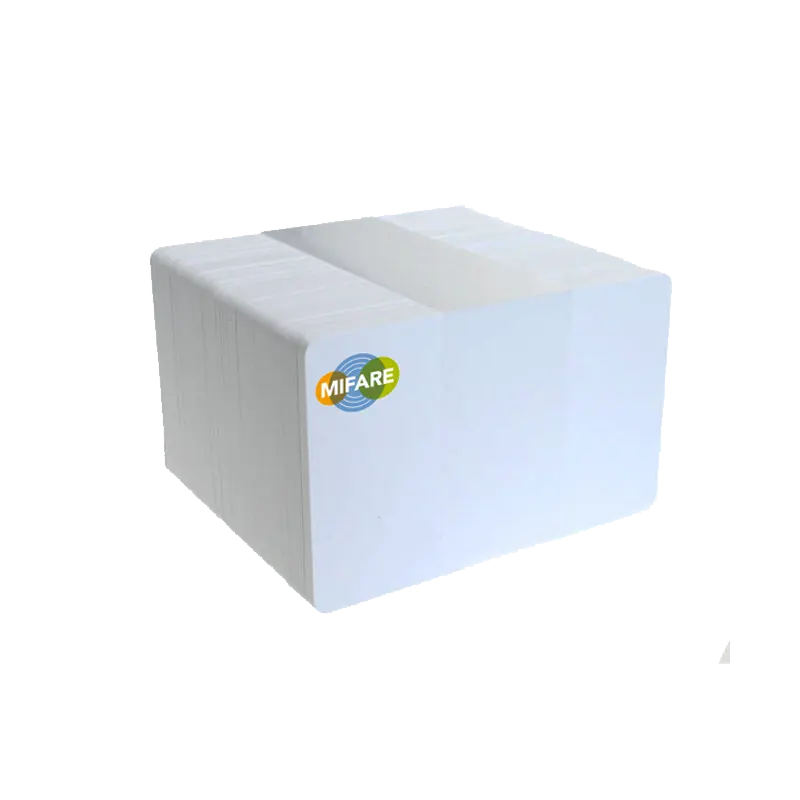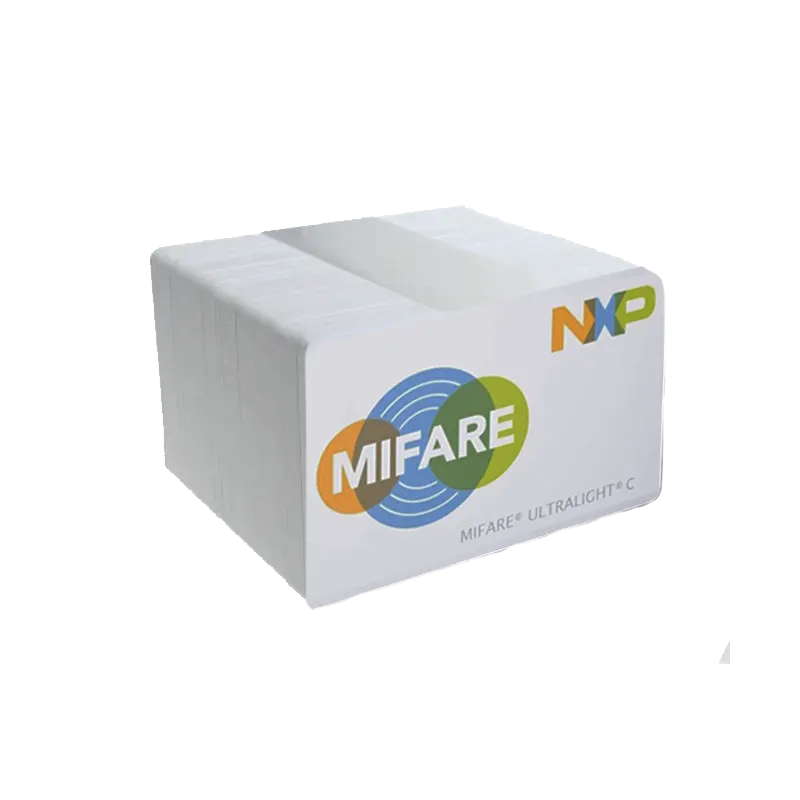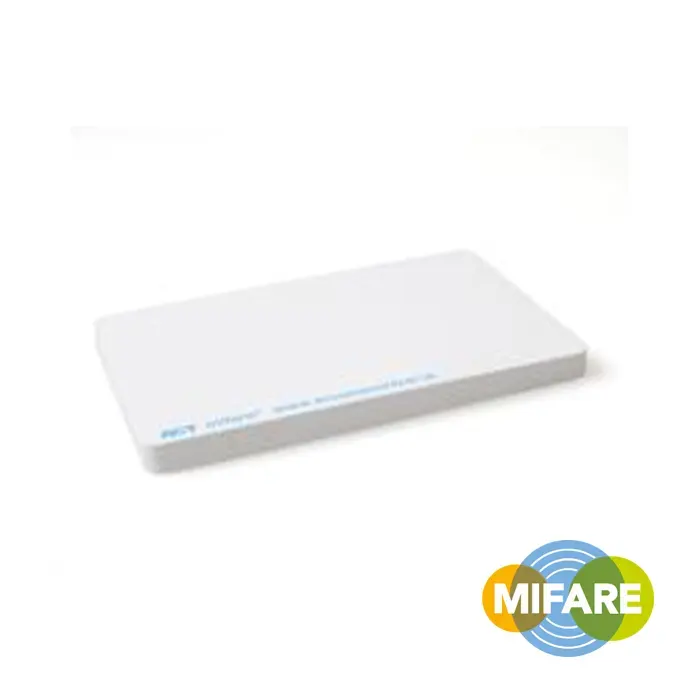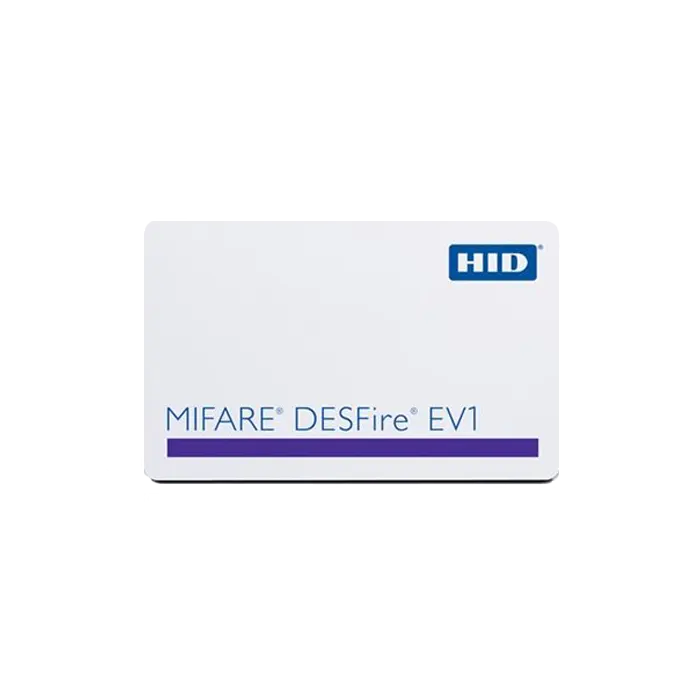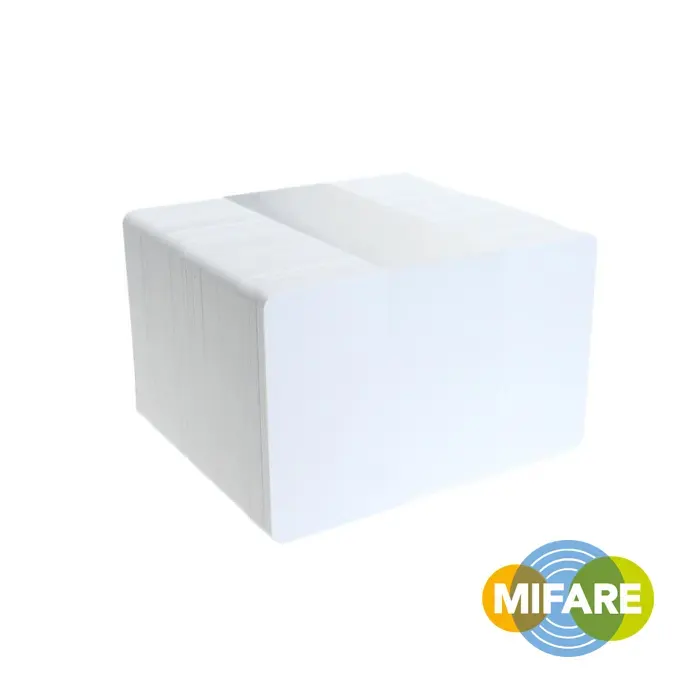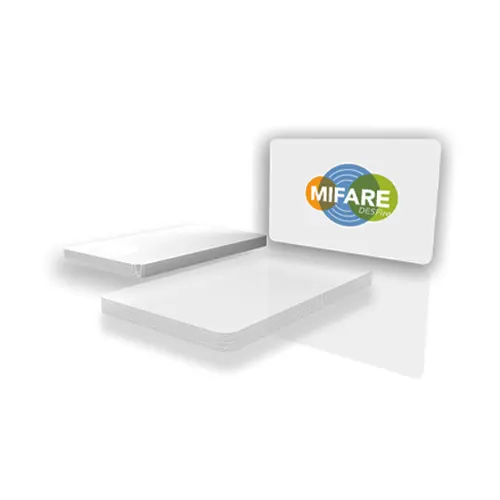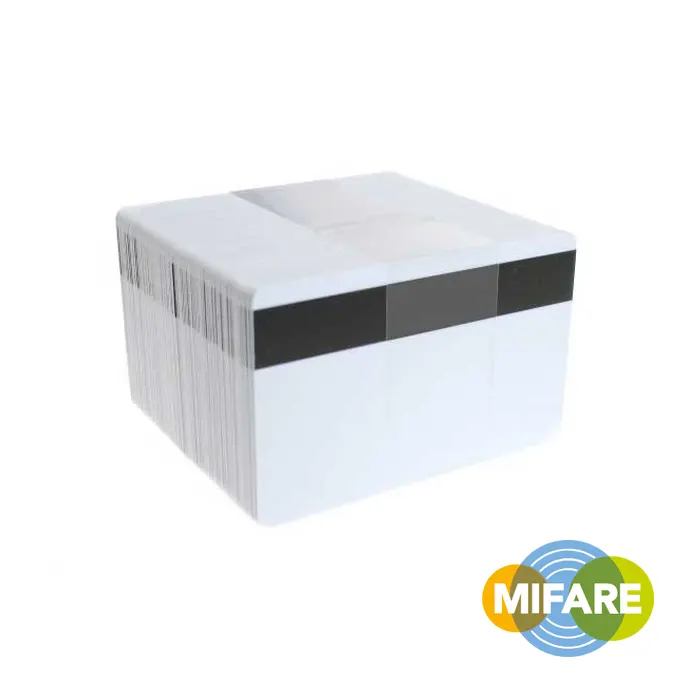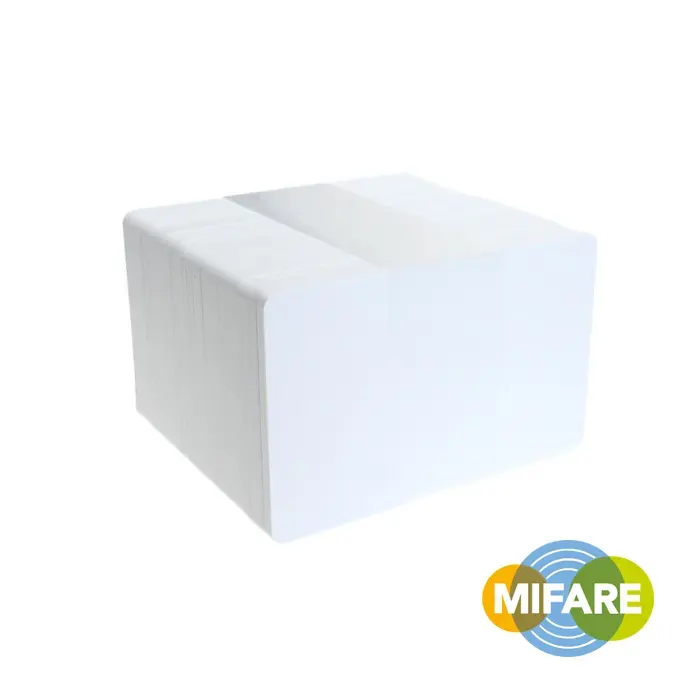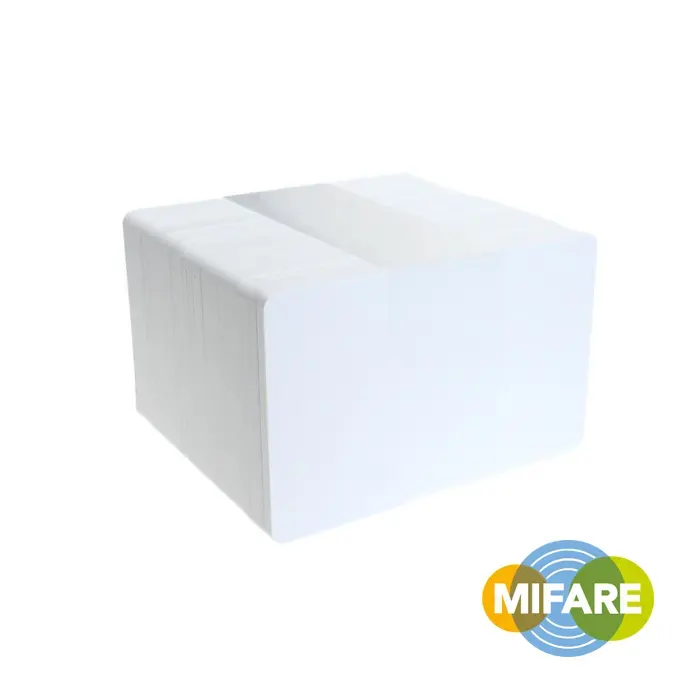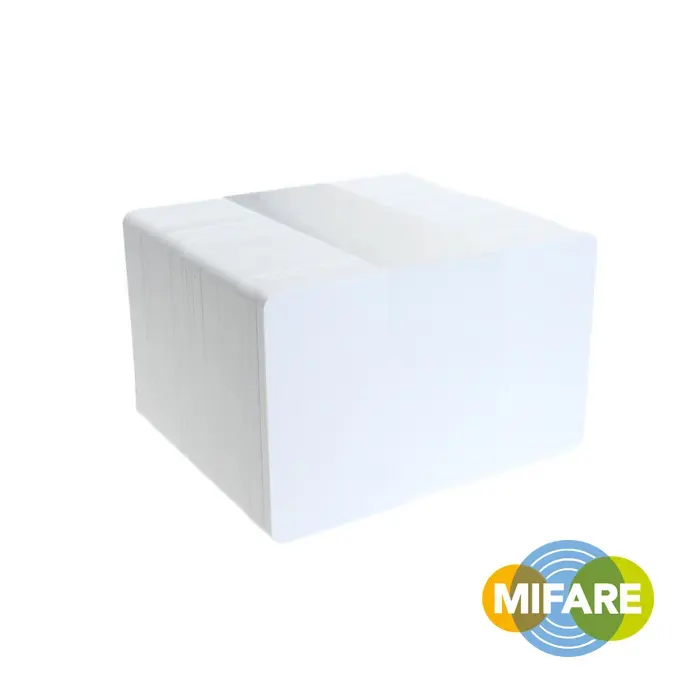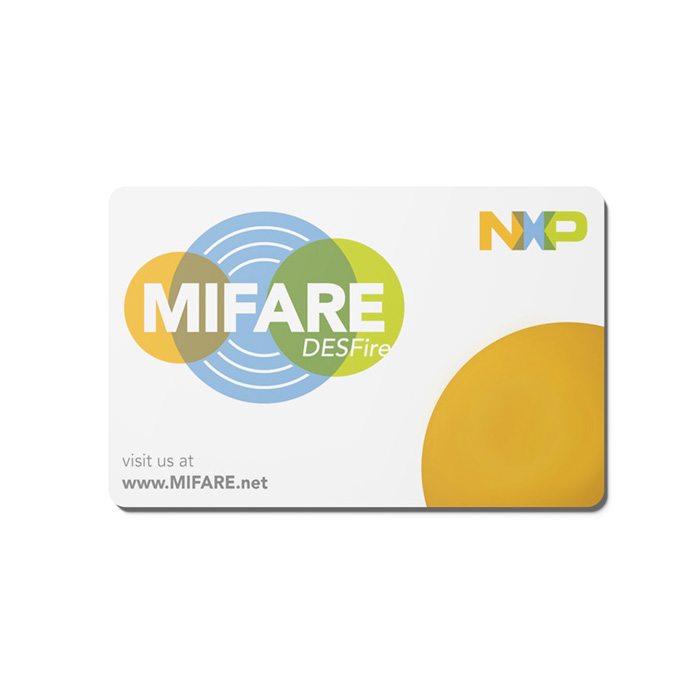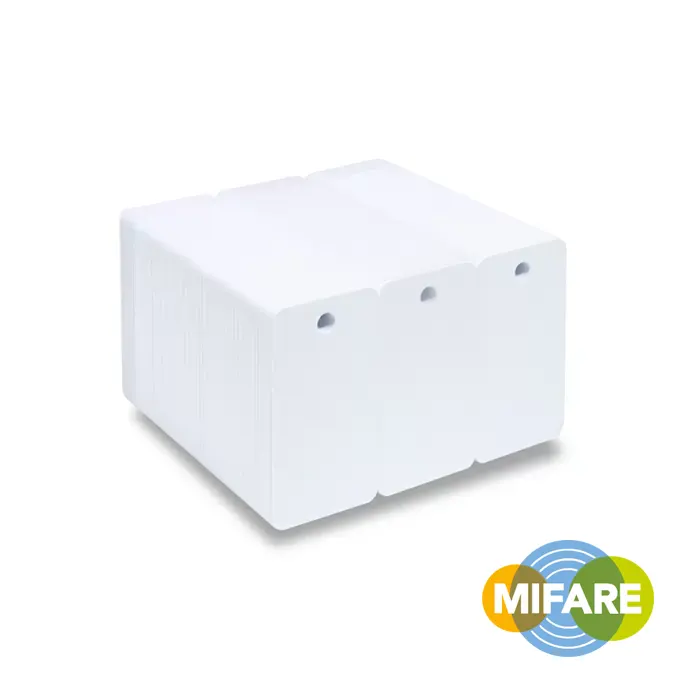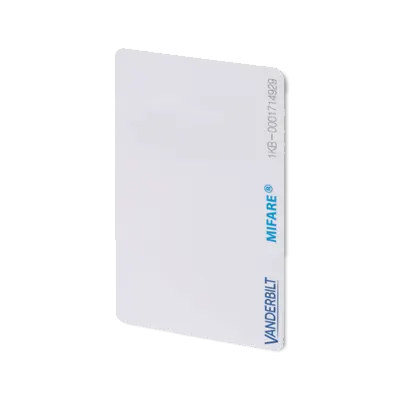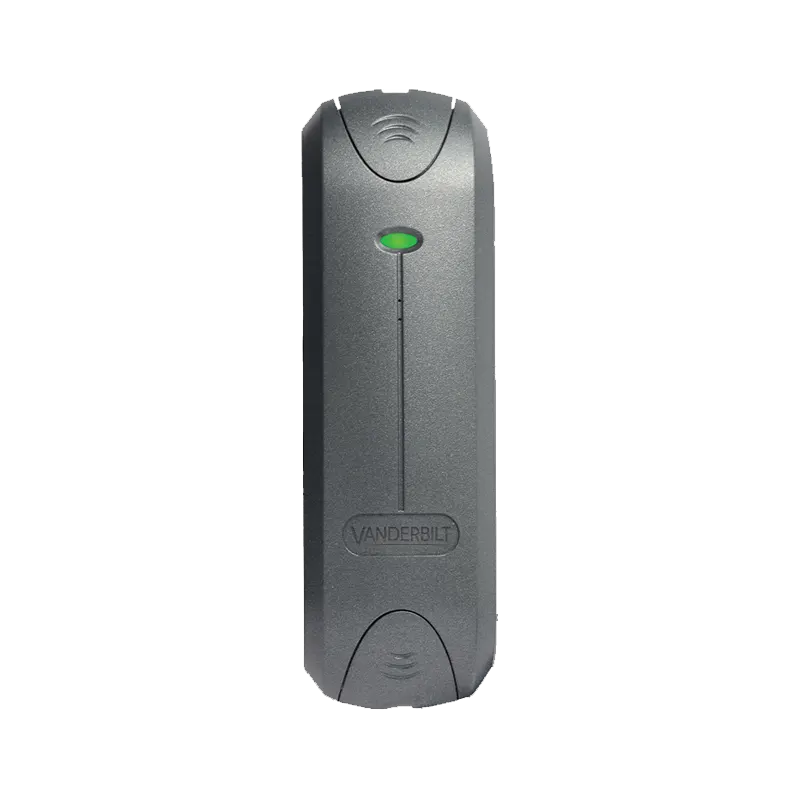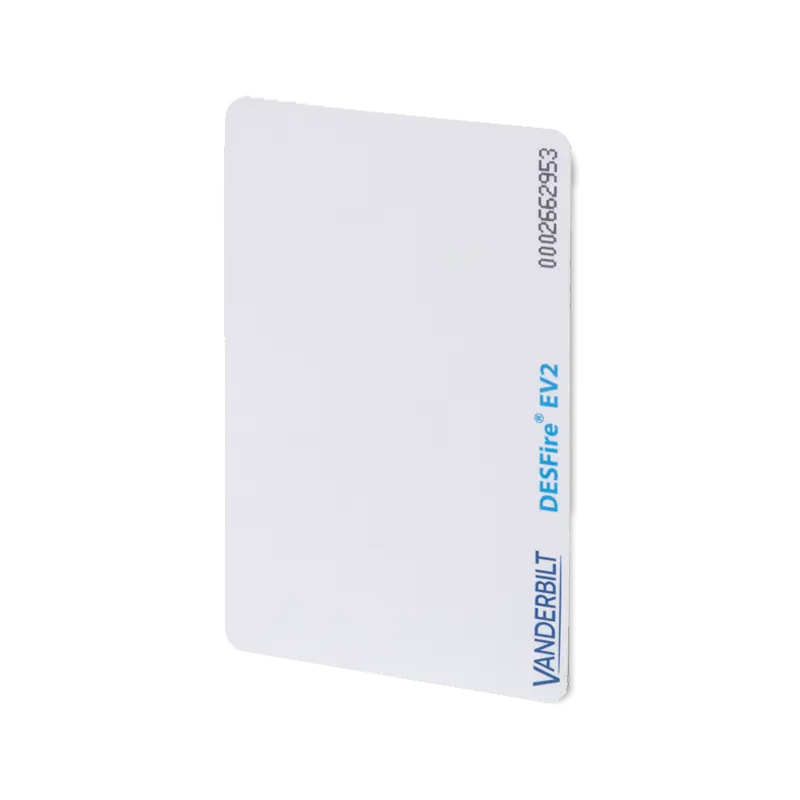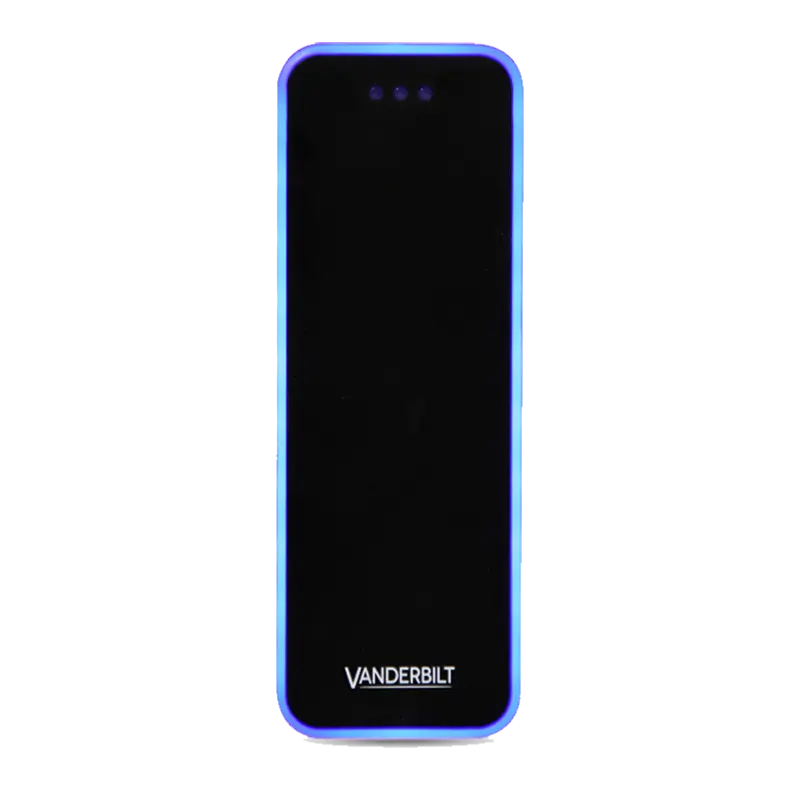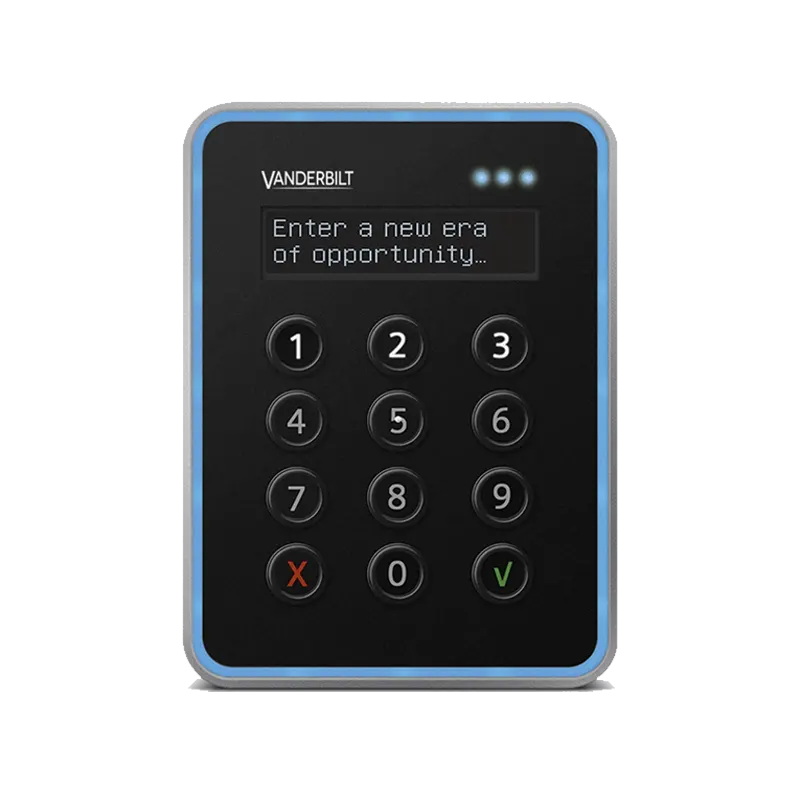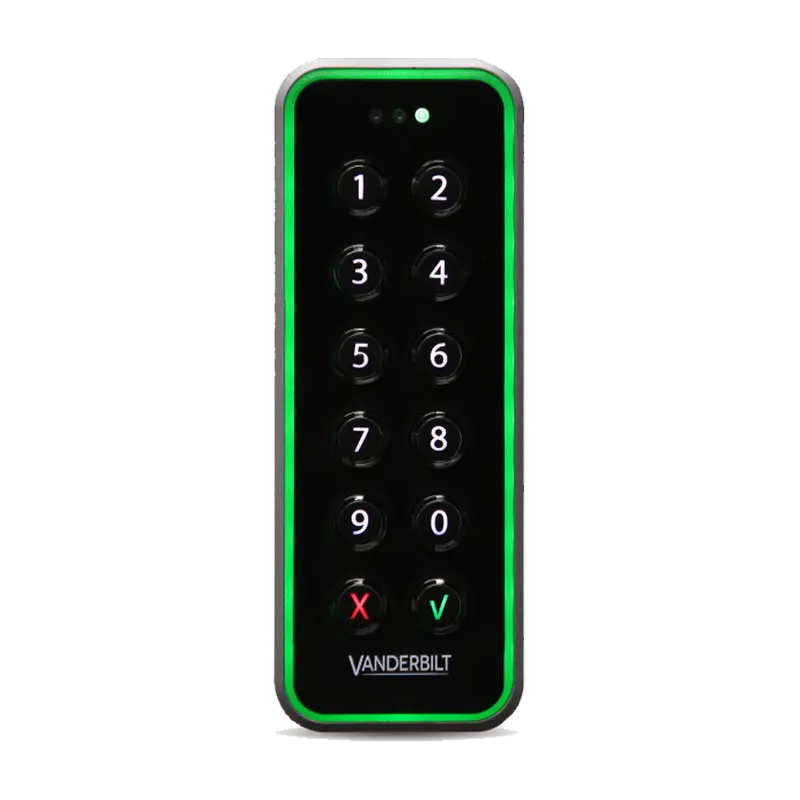Access Control Cards
Access Control Cards
Access Control Cards
Access Control Cards
Access Control Cards
Access Control Cards
Access Control Cards
Access Control Cards
Access Control Cards
Access Control Cards
Access Control Cards
Access Control Cards
Access Control Cards
Access Control Cards
Access Control Cards
Access Control Cards
Access Control Cards
Access Control Cards
Access Control Cards
Access Control Cards
Access Control Cards
Access Control Cards
Access Control Cards
Access Control Cards
Access Control Cards
Access Control Cards
Mifare ® FAQ
What are Mifare® cards used for?
MIFARE cards are commonly used for secure access control, public transportation, cashless payments, event ticketing, and loyalty programs.
How do mifare® cards work?
MIFARE cards use radio-frequency identification (RFID) technology to communicate with a compatible reader at 13.56 MHz. When the card is near a reader, it transmits data via an integrated chip and antenna, enabling secure transactions or access verification.
What is the difference between MIFARE® Classic, Ultralight, and DESFire cards?
- MIFARE® Classic: Offers 1 KB of memory and is widely used for basic access control and transportation systems.
- MIFARE® Ultralight: A cost-effective option with 64 bytes of memory, ideal for disposable or single-use applications like event tickets and transit passes.
- MIFARE® DESFire: Provides advanced security with AES encryption and larger memory (up to 8 KB), suitable for multi-application environments such as corporate IDs and government-issued credentials.
Are mifare® cards secure?
MIFARE® cards are exceptionally secure, including encryption and mutual authentication. However, the level of security varies by model. MIFARE DESFire cards offer the highest security with AES encryption, while MIFARE Classic provides basic security suitable for less sensitive applications.
Can Mifare® Cards Be Reused?
Most MIFARE® cards are reusable and can be reprogrammed for new purposes. However, disposable models like the MIFARE® Ultralight are typically intended for single-use scenarios.
How is a mifare® card programmed?
Programming a MIFARE® card requires an RFID reader/writer and compatible software. Using these tools, you can write data, set access keys, and configure sectors based on your specific application requirements.
Are Mifare® Cards Compatible with All Access Readers?
MIFARE® cards operate at the standard 13.56 MHz frequency and are compatible with most RFID readers that support ISO/IEC 14443 standards. However, it’s essential to ensure that the reader supports the specific MIFARE® card model you are using.
How Long Do Mifare® Cards Last
MIFARE® cards are highly durable and designed for long-term use. They can typically endure thousands of read/write cycles and are resistant to wear and tear under normal conditions, making them a cost-effective solution for many applications.MiD



